Discover Things To Do In Hsinchu, Taiwan
June 15, 2024
Last Updated on March 9, 2025 by Erin Donahue
Known as the “Silicon Valley of Taiwan”, Hsinchu has a lot of things to see, eat, and do. Often overshadowed by Taiwan’s larger cities like Taipei (臺北) and Kaohsiung (高雄), Hsinchu offers visitors a unique blend of culture, history, and nature. However, what elevates this city on the global map is Hsinchu Science Park – Taiwan’s pioneering and most prestigious high-tech industrial hub. This cutting-edge park provides an innovative ecosystem for semiconductor industry giants like TSMC, whose chips essentially power the world’s technology. If you pay attention to current events, that’s not an exaggeration!
In addition to that, Hsinchu is my second home. Whenever I fly back to Taiwan, it starts at Hsinchu. I’ve been traveling to Taiwan for over 30 years! Since I was a kid I would spend every summer to be with my family. As a local, I’ve had the pleasure of discovering the many things to do in Hsinchu and I’m excited to share my top picks with you. For other lesser-known locations in Taiwan, I’ve also written about Tainan, Taiwan’s former capital.
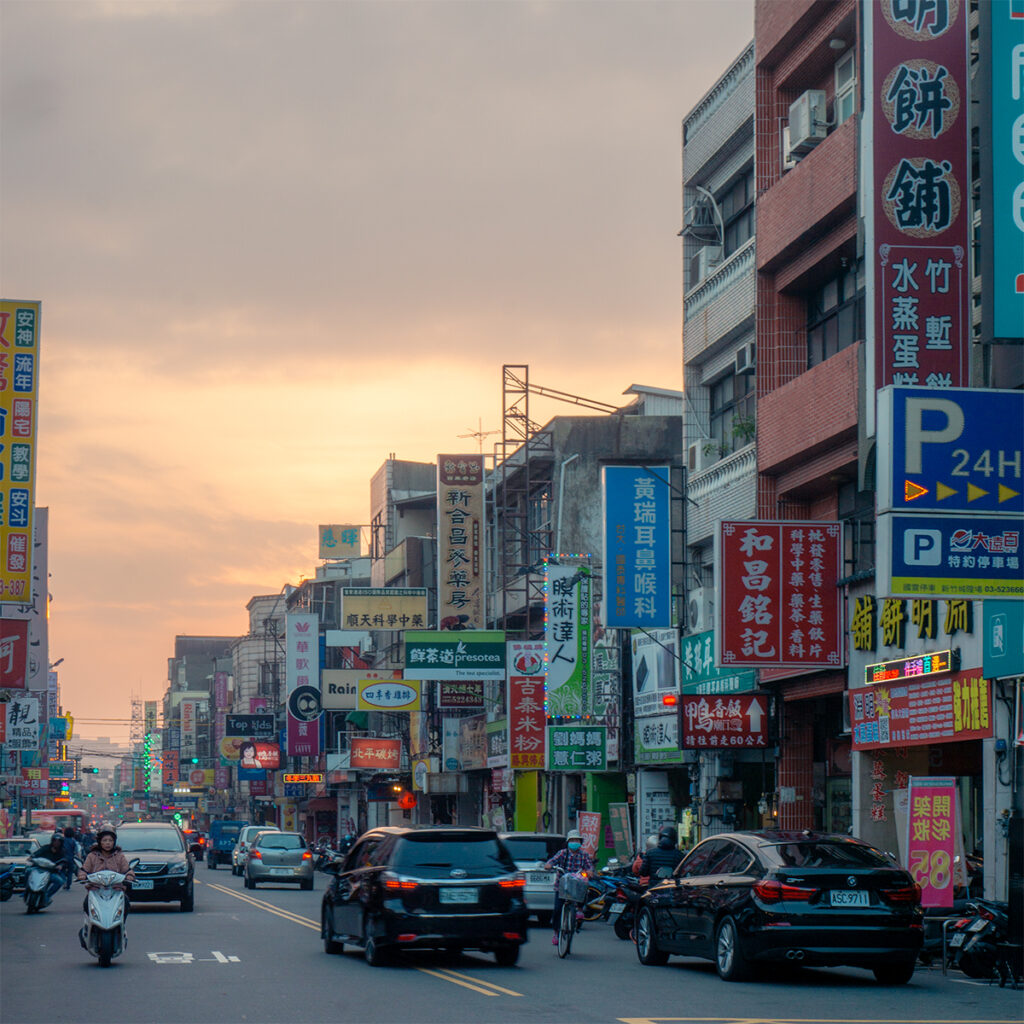
Hsinchu City (新竹市)
Hsinchu City, nicknamed the “Windy City”, is a municipality in northwestern Taiwan and the core of the Hsinchu metropolitan area. It stands out as a major center of Taiwan’s booming high-tech industry, home to the prestigious Hsinchu Science Park. Despite its technological prowess, Hsinchu City maintains a charming atmosphere of typical Taiwanese life. From strolling through its lively night markets to admiring the historic architecture, Hsinchu City offers an authentic Taiwanese experience at the intersection of tradition and cutting-edge development.
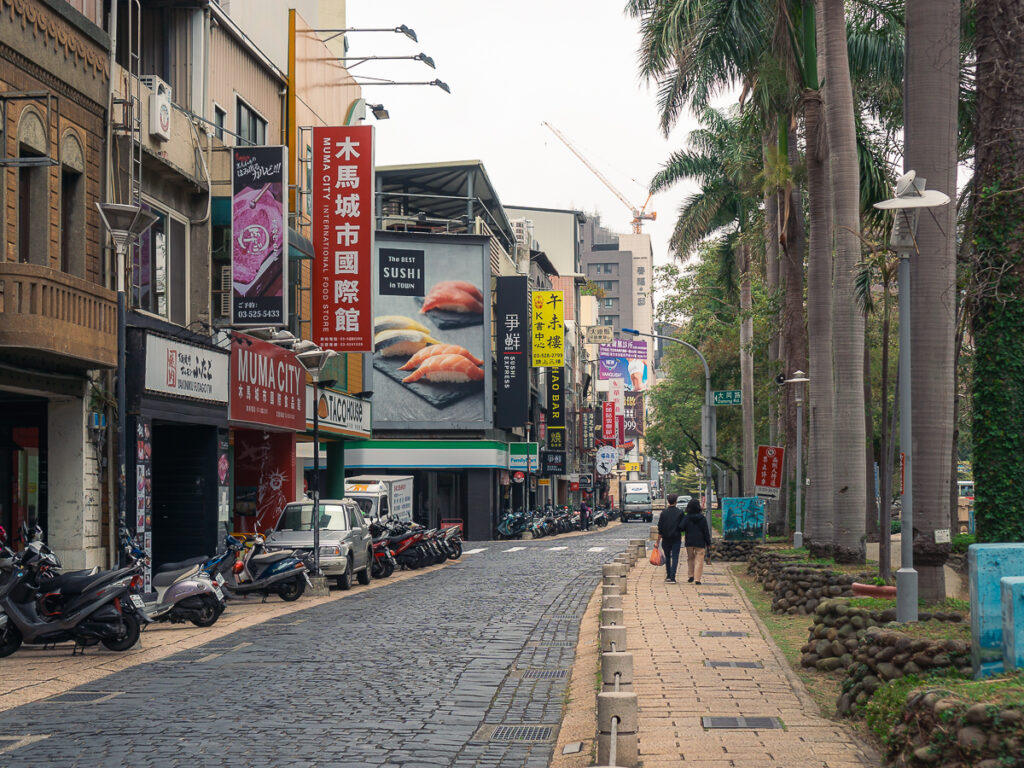
Admire Hsinchu Train Station (新竹市火車站)
One of the most iconic train stations in Taiwan, Hsinchu Train Station is also one of the oldest in the country. It’s a fourth-generation European-style station building that was constructed in 1893 and reopened in the early 1900s during the Japanese occupation. Much of Taiwan’s rail network today is a result of that fifty-year occupation.
Back in 2013, both New York City’s Grand Central Terminal and Hsinchu Station became “Sister Stations” to commemorate their centennial years of service. This was followed by a similar celebration with Japan’s Tokyo Station in 2015. Growing up, I spent my summers in Hsinchu passing by this grand station’s architecture and always hearing about its historical significance. It’s one of the mainstays in the city
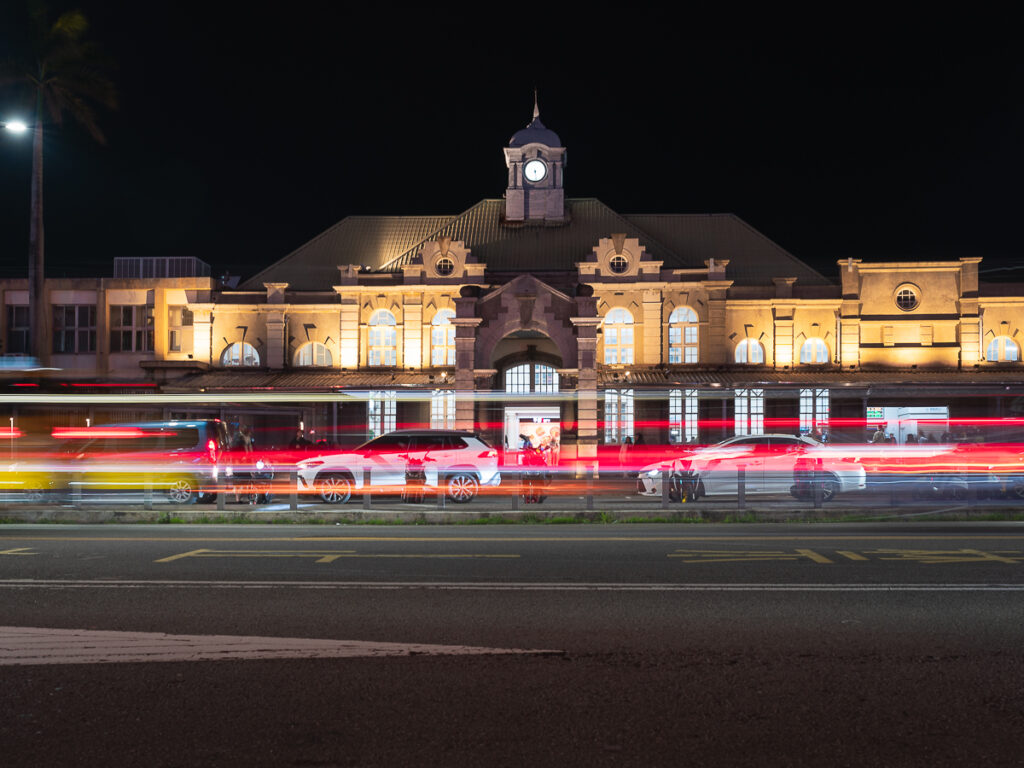
Go Shopping at the Zhu Lian Morning Market (竹蓮市場)
This is a big morning market with a combination of pop-up vendors and permanent ones. The atmosphere is lively and bustling, with vendors calling out their wares, giving shoppers an authentic taste of a classic Taiwanese wet market experience. I have never understood where that racist stereotype that Asians are quiet and submissive came from because I was always surrounded by loudness and life. The sellers at this market are categorically the most emphatic people I have ever met! They’re not the only ones, but they are an obvious example.
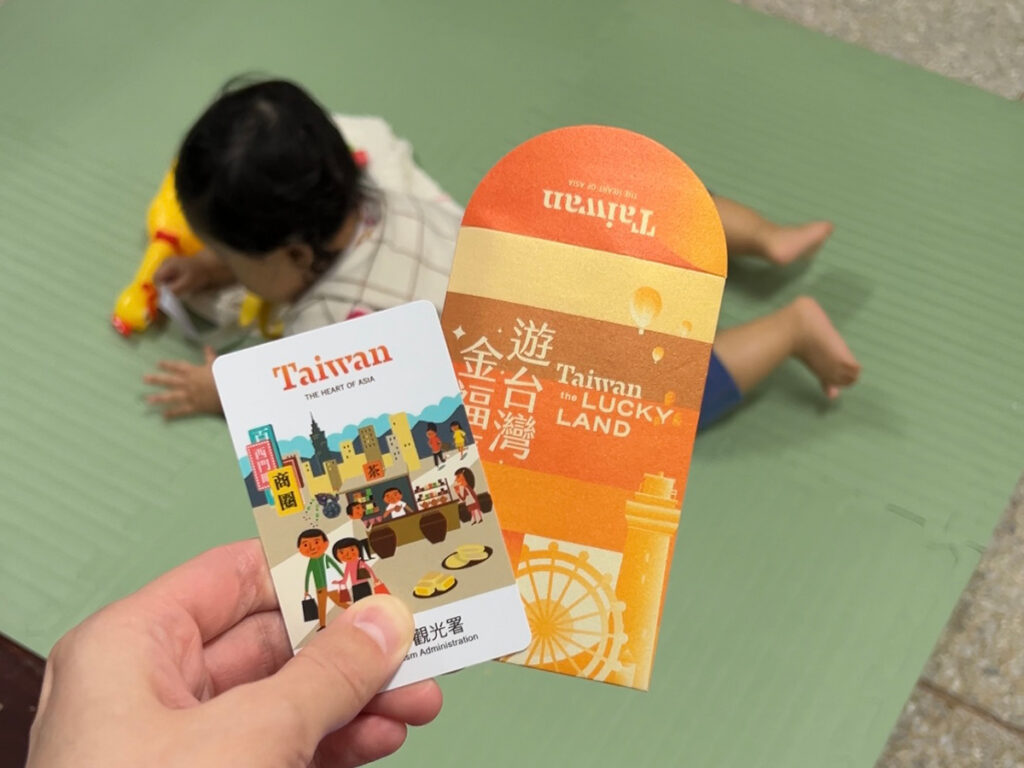
Chenghuang Temple (城隍廟) and Chenghuang Market (城隍廟夜市)
Also known as Hsinchu City God Temple, it’s dedicated to the city’s patron deity and is a beautiful example of traditional Chinese architecture. As one of the oldest temples in Hsinchu, it’s integrated with one of Hsinchu’s oldest markets. Complementing the temple grounds is a labyrinth of narrow alleys where vendors hawk sizzling street foods and handicrafts. There are so many stalls and shops to explore that it’s easy to get lost!

Watch sunset at Xiangshan Wetlands (香山濕地)
Taiwan is a subtropical island and has a diverse variety of ecosystems. Wetlands are one of the most important environments for biodiversity, and the Taiwanese government has made strides more recently to protect these areas.
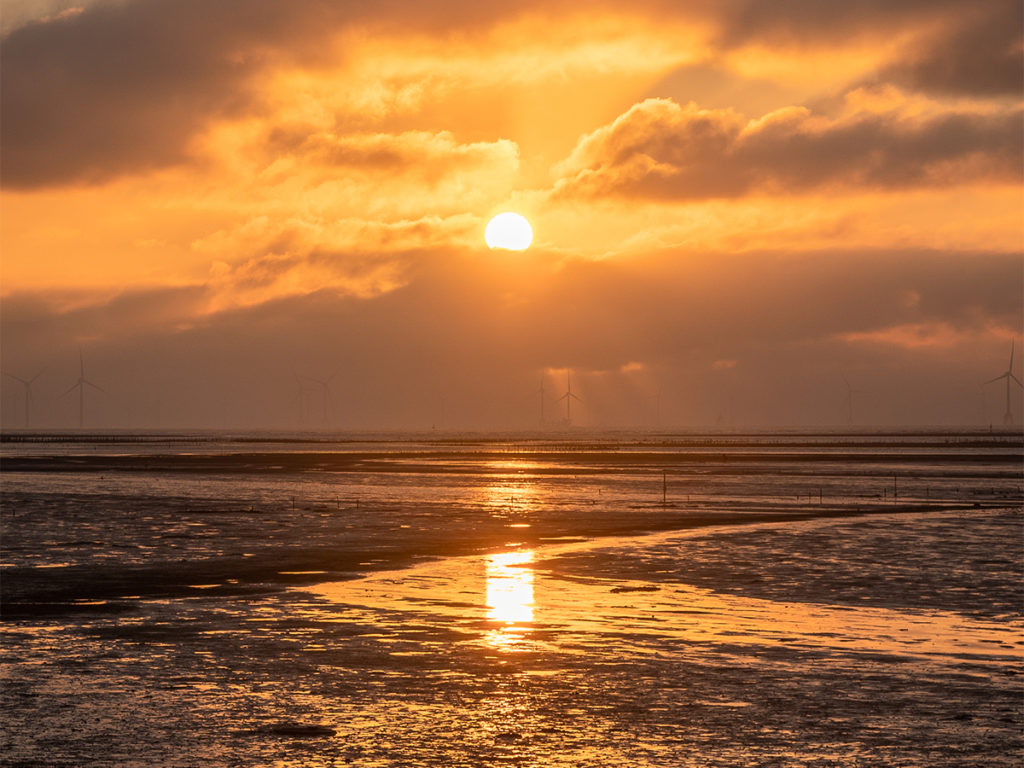
Hsinchu County (新竹縣)
While Hsinchu City attracts visitors with its modern amenities, the surrounding Hsinchu County provides a glimpse into Taiwan’s more rural charm. Visitors can immerse themselves in the laid-back pace, savor locally-grown produce, and explore the county’s many outdoor recreation opportunities.
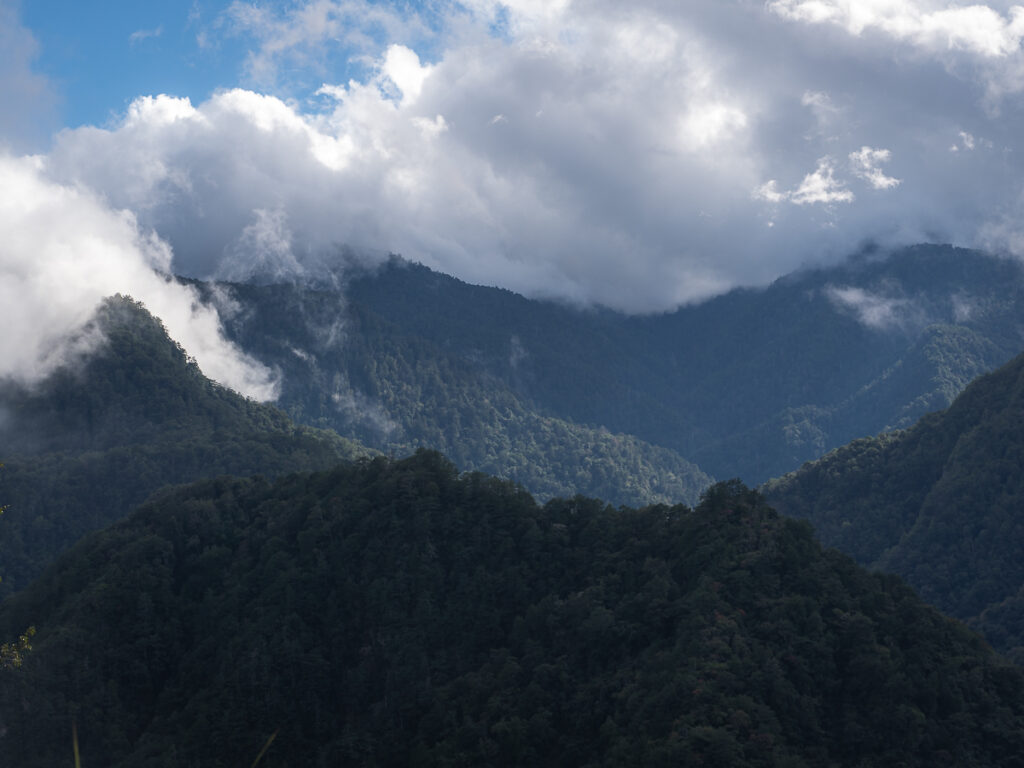
Beipu Old Street (北浦老街)
This charming old street is part of the Beipu Historic Area, a village made up of the Hakka ethnic minority. The old street features preserved historic buildings, temples, and shophouses from the Qing Dynasty era and is known for selling traditional snacks, handicrafts, and cultural products made by local artisans. My family is part Hakka and we’ve been visiting here for years. You can walk through the area and imagine the atmosphere of an authentic early 20th-century Taiwanese town.
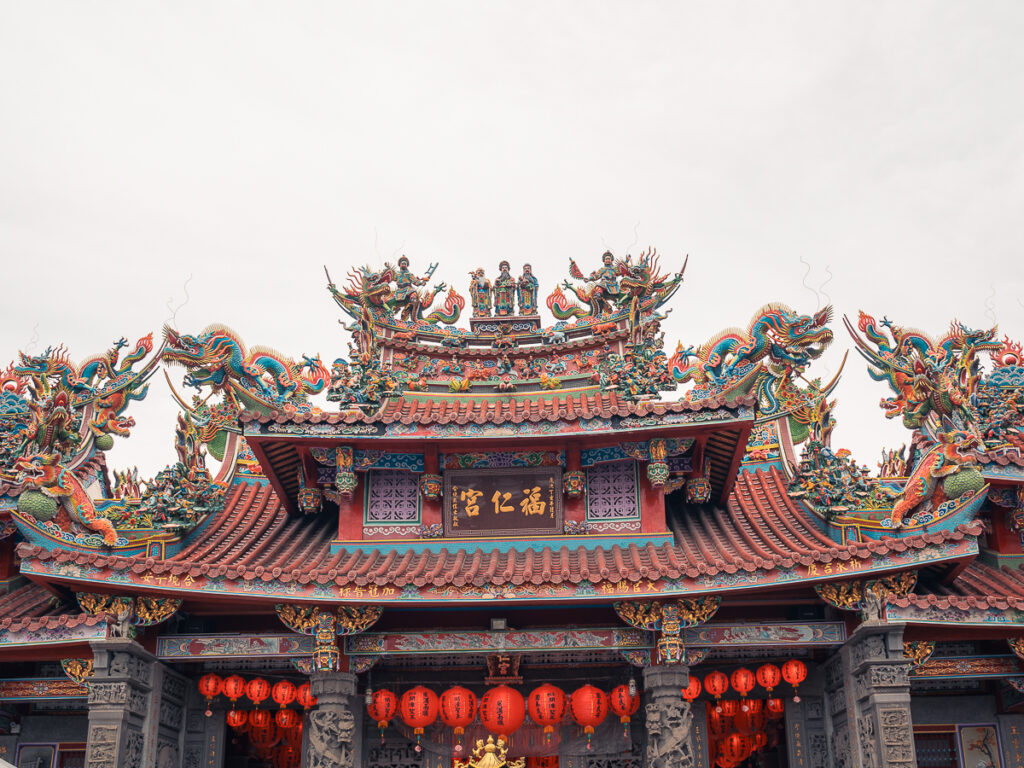
DaXi Market (大溪老街)
While Beipu is more famous, a lesser-known, but similar market is DaXi. It’s popular among tourists for experiencing the atmosphere of an authentic old Taiwanese town and street market. Shop along the well-preserved Qing Dynasty-era architecture and historic buildings along the market street.

Smangus (司馬庫斯)
Pronounced Si-ma-ku-si, and known as “God’s Tribe”, this remote spot up in the Mountains of Hsinchu is great for hiking. The Indigenous group in Smangus co-exists with nature and also has some really old trees to hike towards. The oldest tree I came across was supposedly 3,000 years old!
Something to be aware of: there are designated windows of time that direct the flow of traffic since there’s only one road. For instance, I was out hiking and missed the cut-off to drive back down the mountain and had to wait two hours while traffic from the opposite direction was coming up. Another group missed the cutoff too and ended up pulling out a portable grill and doing a tailgate while waiting!
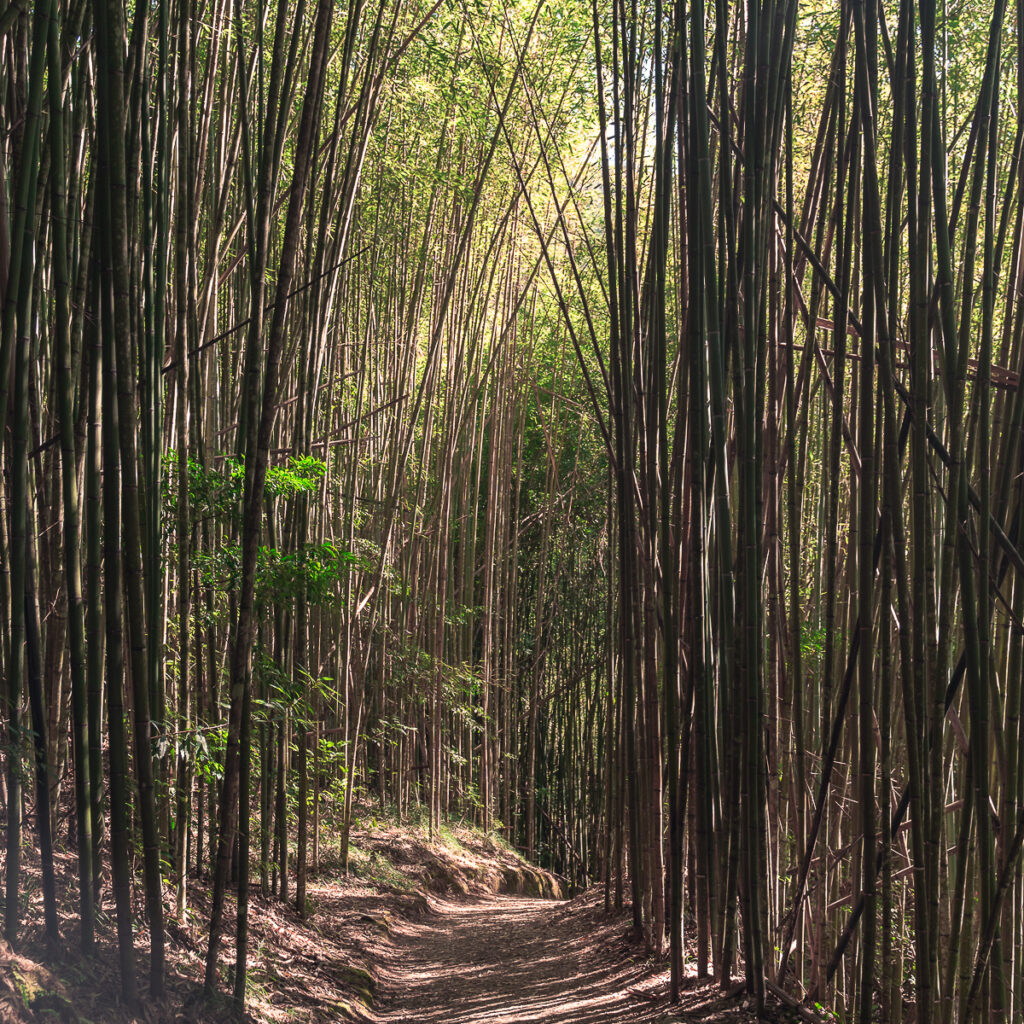
Watch on YouTube
To keep up to date with everything I share, follow along on my social media and read up on what camera gear I use when I travel.
Leave a Reply Cancel reply
is the creative studio of Erin Donahue, offering photography, videography, and content creation services for brands, hotels, tourism boards, and publications.
Based in New York City, but available globally, this multi-disciplinary digital creative left a career in the hedge fund space to pursue her passion as a travel and brand photographer, creating imagery that resonates with audiences. She approaches every project with a focus on storytelling, producing visuals that engage and inspire.
Her work has been commissioned by brands like Sony, Apple, and Google, and the content she has created has reached millions across social media.
To keep up to date with everything she shares, follow along on social media and read up on what camera gear she uses to capture the shot.
Niredonahue
© Erin Donahue Creative LLC, All Rights Reserved
Terms of Service & Privacy Policy